Philosophy of Teaching and Learning
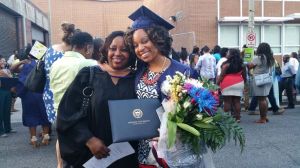
Yanick Rice Lamb with former student Lisa Wilmore after the School of Communications’ graduation ceremony.
Like many students, I didn’t know what to expect when I took copy editing at Ohio State University. When I walked into the classroom, I was immediately captivated by the professor, Dr. John J. Clarke. For starters, Dr. Clarke reminded me of W.C. Fields and one of the Little Rascals. He was short and squat with either a double chin or one that simply flowed into his neck. His uniform seemed to consist of a dark suit, always with a tie, and sturdy shoes. As he moved about the classroom, he used anecdotes and jokes to enliven lessons on headline counts, bad breaks, solid research to close holes in stories or the finer points of Associated Press style. Even when a joke failed to tickle our funny bones, it amused us because it amused him.
Beyond fun and games, what made Dr. Clarke stand out was his commitment to excellence, high standards and emphasis on critical-thinking skills. He lived up to his reputation on the student grapevine as being tough, a stickler for details and a professor from whom you could learn a lot of useful stuff. He made editing seem fun and important. For those of us who were dead-set on becoming hard-nosed reporters, he planted seeds in the back of our minds about other possibilities. I trace my roots in editing to Dr. Clarke. Over time, it also became clear that Dr. Clarke was well regarded within academia as well as the journalism industry. He was the perfect choice to serve as the School of Journalism’s internship czar. In 1986, the Society of Professional Journalists honored him with its Distinguished Teaching in Journalism Award.
At Howard University, I’ve tried to emulate some of Dr. Clarke’s classroom techniques. I can’t match his wit or jokes, but I’ve learned the importance of being at once engaging and challenging. He not only taught me what it takes to be a good editor, but also the stuff that good professors are made of — one trait being the ability to bridge academia and our respective disciplines. Or, as a fellow colleague, Dr. Paula Matabane, puts it: We teach what we do and do what we teach.
Sharing my passion and my perspective seems to bring the textbook and theory alive. It has helped many students in shaping their goals and beginning to identify their place in the world. Education may begin in the classroom, but it extends far beyond it. What we offer students is a piece of the puzzle. I challenge students to extend their learning, to stretch and to think about purpose over paychecks. In my lab classes, I immediately try to diffuse the notion that they are “playing” or “practicing” at being journalists. My position is that they are all journalists who happen to be students working in a newsroom that happens to be a classroom.
Like Dr. Clarke, I, too, have a reputation for being tough, a stickler for details and a professor from whom students can learn a lot of useful stuff. I share his commitment to excellence and high standards. While I’ve been generally well received with favorable student evaluations and “word-of-mouth as part of their due diligence, students gripe about “all the work” as part of my push for excellence.
Dr. Clarke is just one of many professors who influenced me — from the distinguished and erudite Dr. Osborn T. Smallwood, who reinforced my love of history in communication and rhetoric classes, where I learned about Marcus Garvey, to my late father, William R. Rice, a professor of English and modern languages at Albany State University in Georgia. Although my father was allegedly retired, he was still teaching at 79 and I had to turn in his grades while planning his funeral. I kept a magnet from his office that reads: “I touch the future; I teach.” This is also the title of an article that the Atlanta Journal-Constitution invited me to write on teaching at Howard.
In “Scholarship Reconsidered: Priorities of the Professoriate,” the late Ernest L. Boyer noted that teaching is a dynamic activity that “begins with what the teacher knows.” Great teachers, Boyer added, “stimulate active, not passive learning and encourage students to be critical, creative thinkers.” At the same time, teachers must also be learners. Our teaching “means not only transmitting knowledge, but transforming and extending it as well.”
This is what I do.
Great teachers refresh their courses to keep them in step with changing realities. At Howard, we’ve done this all along, most notably as part of the reorganization of the School of Communication and the Presidential Commission on Academic Renewal (PCAR). Recognizing the need to break down silos, I advocated that we merge our sequences into one journalism sequence and that all students start with a multimedia foundation before branching out into other areas. We have been testing this in the Department of Media, Journalism and Film.
On my own, I raised the bar in transforming Copy Editing to Interactive Editing. I added a portfolio presentation and assessment to the Capstone course, News Lab, with professional journalists, recruiters, faculty members and alumni providing critiques. I developed a magazine section of Reporting & Writing. I incorporate stem-related journalism. I created a course on Media Entrepreneurship and Innovation. I started a fact-checking site, TruthBeTold.news, from the first of our two Challenge Grants for Innovation in Journalism Education from the Online News Association.
I tell my students: “Print isn’t dead; it’s just different.” I encourage them to be flexible and innovative. At the same time I insist that they focus on the basics — great reporting, research and writing — without getting caught up in the bells and whistles for the sake of using bells and whistles. This is an exciting time to teach and practice journalism. No one knows exactly where the media revolution is headed, which means that educators and students can help to lead the way. To that end, we are maximizing our efforts by developing a department-wide Media Innovation Center, which will also involve alumni as well as internal and external partners.
My students have won major awards for their work. They have been accepted into graduate programs and law schools at Columbia, Berkeley and MIT. They have been offered jobs and internships at the Wall Street Journal, CBS, Time Inc., Reuters, ABC News, Bloomberg, USA Today, the New York Times, Essence, the Washington Post, ESPN, Google, TheRoot.com, the Philadelphia Daily News and Glamour magazine. Some have also launched their own companies; a few are now teaching.
My instructional methods and innovation in teaching have been consistently recognized with exemplary faculty evaluations in the 90th percentile or typically 5 on a scale of 5 (Exemplary) from school-wide and departmental APT committees and administrators. My student evaluations average 4 (Effective) on a scale of 5 (Very Effective) — despite the outliers in my demanding lab courses, which require weekly and often daily, deadline reporting. These evaluations typically fall at or above the national mean.
The goal of everything I do outside the classroom is to make me a better educator, to translate this ongoing journalistic evolution, and to contribute to journalism education and innovation. I repeatedly encourage my students do to the same and remind them that people their age are often leading this evolution and that they can, too.
To strengthen my role as a learner who can transform and extend knowledge, as Boyer indicates, I also frequently go to Howard’s Center for Excellence in Teaching, Learning and Assessment (CETLA) as well as off-campus fellowships, workshops and conferences. In addition to making presentations and writing for academic and consumer publications, I use my lab classes as laboratories to develop new knowledge in journalism education through research, experimentation and experiential learning. These are critical steps in an ongoing process. In doing so, I am doing my part to propel Howard to the forefront of knowledge creation.
Courses Taught:
JOUR 201. Writing for the Media (formerly Fundamentals of Journalism). 3 crs. Develops in the student a sense of news value; introduces basic news reporting techniques; develops news writing skills; familiarizes the student with journalism ethics and copy editing symbols.
Fall 2012, Summer 2014
Mean Student Evaluation Score: 4.16 (comparative institutional mean: 3.99)
JOUR 202. Reporting and Writing (Magazines). 3 crs. Emphasizes actual writing and reporting under newsroom conditions; provides intensive experience in gathering and writing news under deadline pressure.
Taught: Fall 2012, Spring 2013 (two sections), Fall 2013, Spring 2014, Fall 2014, Spring 2015
Spring 2013 (JOUR 202-07) Mean Student Evaluation Score: 4.22 (comparative institutional mean: 4.01)
Spring 2013 (JOUR 202-04) Mean Student Evaluation Score: 4.15 (comparative institutional mean; 4.01)
Spring 2013 Classroom Visitation Evaluation: 100%
JOUR 308. Copy Editing (now Interactive Editing). 3 crs. Overall view of the editorial concept, with emphasis on the copy editor’s job and editing copy manually as well as on the computer.
Taught: Fall 2012, Spring 2013, Fall 2013, Spring 2014, Fall 2014, Spring 2015
Fall 2012 Mean Student Evaluation Score 4.00 (comparative institutional mean: 4.01)
Spring 2013 Mean Student Evaluation Score 3.67 (comparative institutional mean: 4.01)
Fall 2013 Mean Student Evaluation Score 4.29 (comparative institutional mean: 4.01)
JOUR 403. Feature Writing for Newspapers and Magazines (now Interactive Feature Writing). 3 crs. Deals with the theory and practice of feature writing for publications, including critical inspection of published examples.
Taught: Spring 2012 to Spring 2014
Spring 2012 Classroom Visitation Evaluation: 91/100
JOUR 410. Directed Study. 3 crs.
- Broadcast Journalism II, Spring 2013
- NewsVision, Spring 2013
- Audio Storytelling, Summer 2014
JOUR 411. News Lab. 3 crs. Reporting, writing, editing and producing for HUNewsService.com (formerly BlackCollegeView.com), the department’s laboratory website.
Taught: Spring 2012
Mean Student Evaluation Score: 3.93 (comparative institutional mean: 3.99)
Mean Student Evaluation Score: 3.40 (comparative institutional mean: 3.99)
MJFC 415, 431. Directed Study. 3 crs.
- Multimedia Storytelling, Summer 2016, Summer 2017
- Magazine Writing, Summer 2017
- Interactive Editing, Summer 2018
MJFC 300 and 304. Co-Curricular Journalism: 101 Magazine I, II and III (cross-listed). 1 cr. Developed multimedia lab course for 101Magazine.net and 101 Magazine.
Taught: Fall 2015, Spring 2016, Fall 2016, Spring 2017, Summer 2017, Fall 2017, Spring 2018, Summer 2018, Fall 2018
Spring 2018 Classroom Visitation Evaluation: 99%
MJFC 221-03. Contemporary Topics: Media Entrepreneurship & Innovation. 3 crs. Developed a course blending theory, practice and real-life business presentation students in majors across the department and school. Created as an outgrowth of a Scripps Howard Foundation entrepreneurial education fellowship at Arizona State University’s Cronkite School of Journalism and Mass Communications.
Taught: Spring 2018
Mean Student Evaluation Score: 4.33 (effective to very effective on 5-point scale)
MJFC 400-01. Magazine Writing. 3 crs. Revamped course on the theory and practice of feature writing and in-depth reporting for multi-platform magazines, including critical inspection of published examples by professional and student journalists.
Taught: Spring 2017
MJFC 315-04, 430-01. TruthBeTold.news Fact-Checking Course. 3 crs. Cross-listed with MJFC 300-01. Co-Curricular: TruthBeTold.news. 1 cr. An intensive journalism course on fact-checking and analysis to use research and reporting to verify or disprove myths, stereotypes and other statements about African Americans. Developed the course through a Challenge Grant for Innovation in Journalism Education.
Team-Taught: Fall 2015, Spring 2016, Fall 2016
MJFC 456-01. Practicum. 1 cr.
Taught: Summer 2014, Summer 2017, Summer 2018
Member of a Master’s Thesis Committee
- Syrina Ingram, Vincent Pendarvis, Erik Humphrey, Sandra Waters
Evaluation of Actual Faculty Performance on Teaching
For more information and to see complete evaluations, click here or documents in the sidebar on the right.
2012-13 4.625 “High” to “Exemplary” (on 5-point scale)
2013-14 5.00 “Exemplary” (on 5-point scale)
2014-15 5.00 “Exemplary” (on 5-point scale)
2015-16 5.00 “Exemplary” (on 5-point scale)
2016-17 5.00 “Exemplary” (on 5-point scale)
2017-18 5.00 “Exemplary” (on 5-point scale)
* Course reductions as interim assistant chair, 2013 to 2015, and as chair, 2015 to present.
%

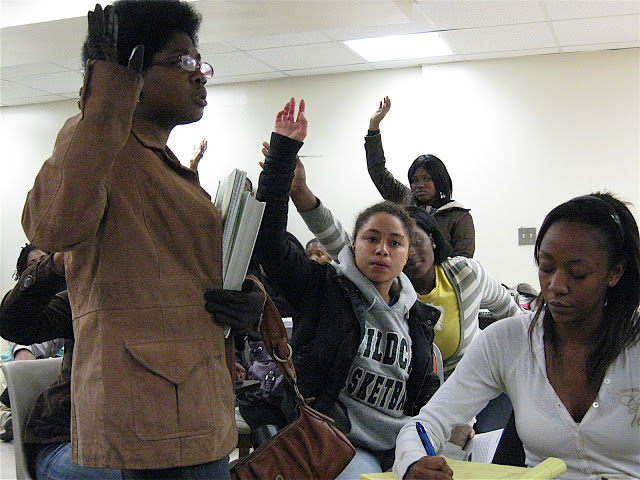
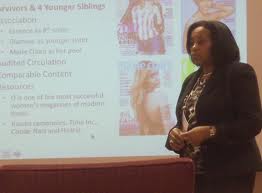
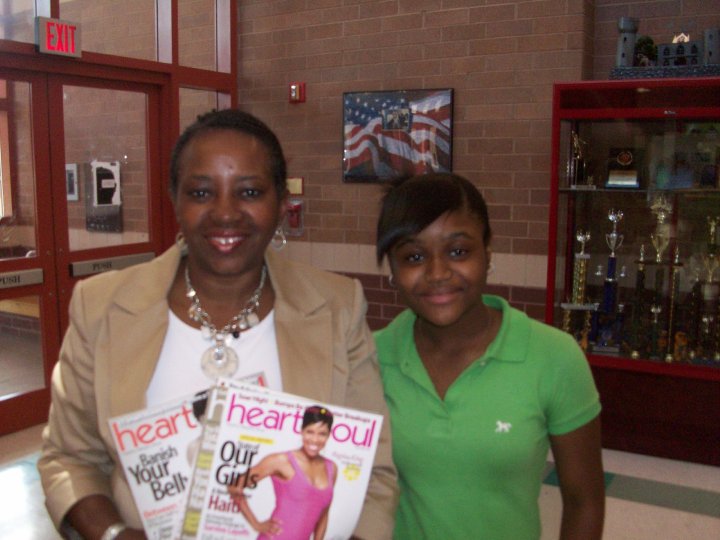
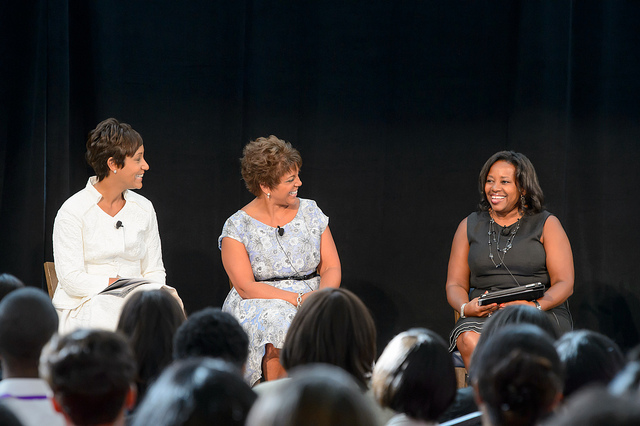
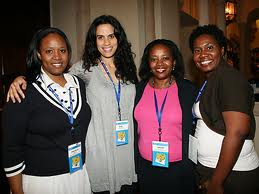

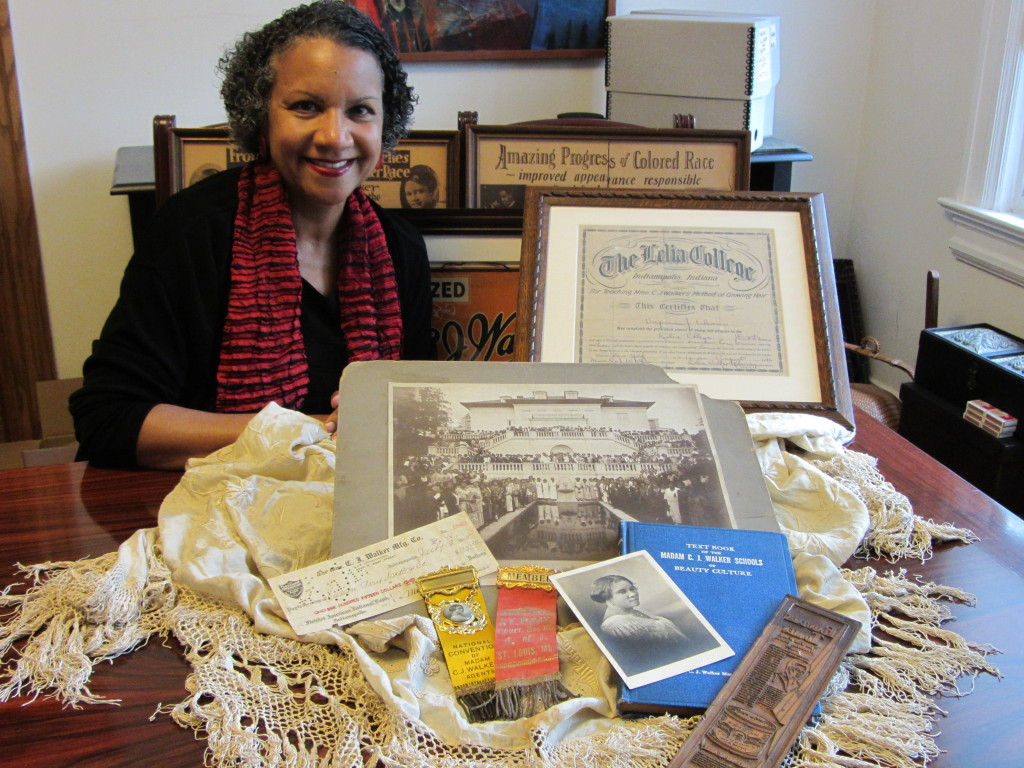
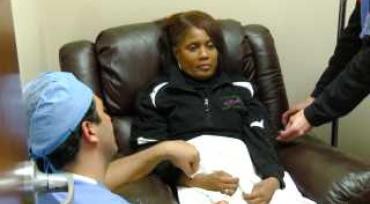
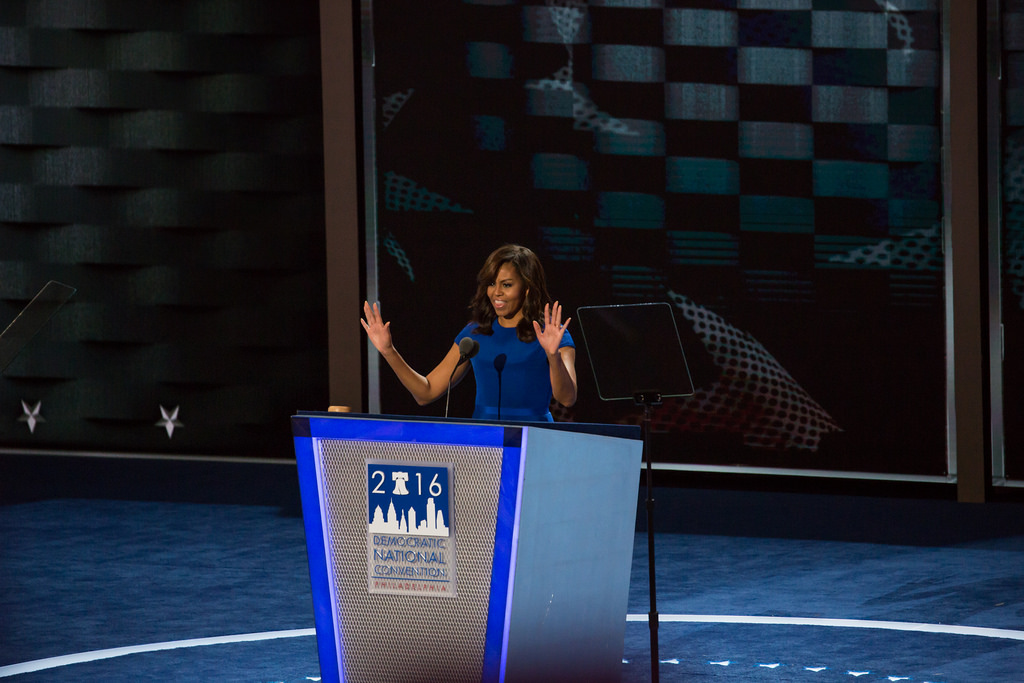
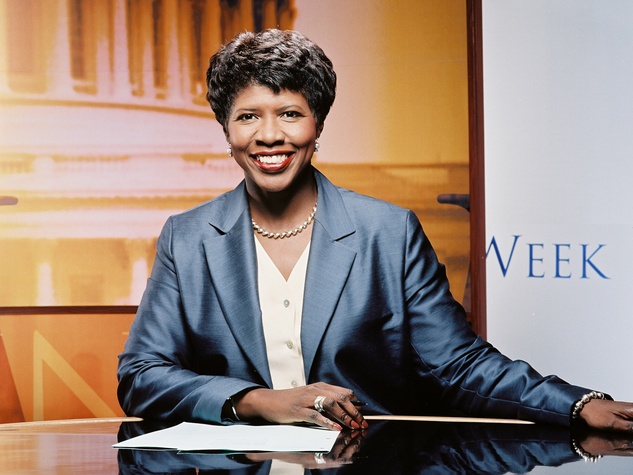
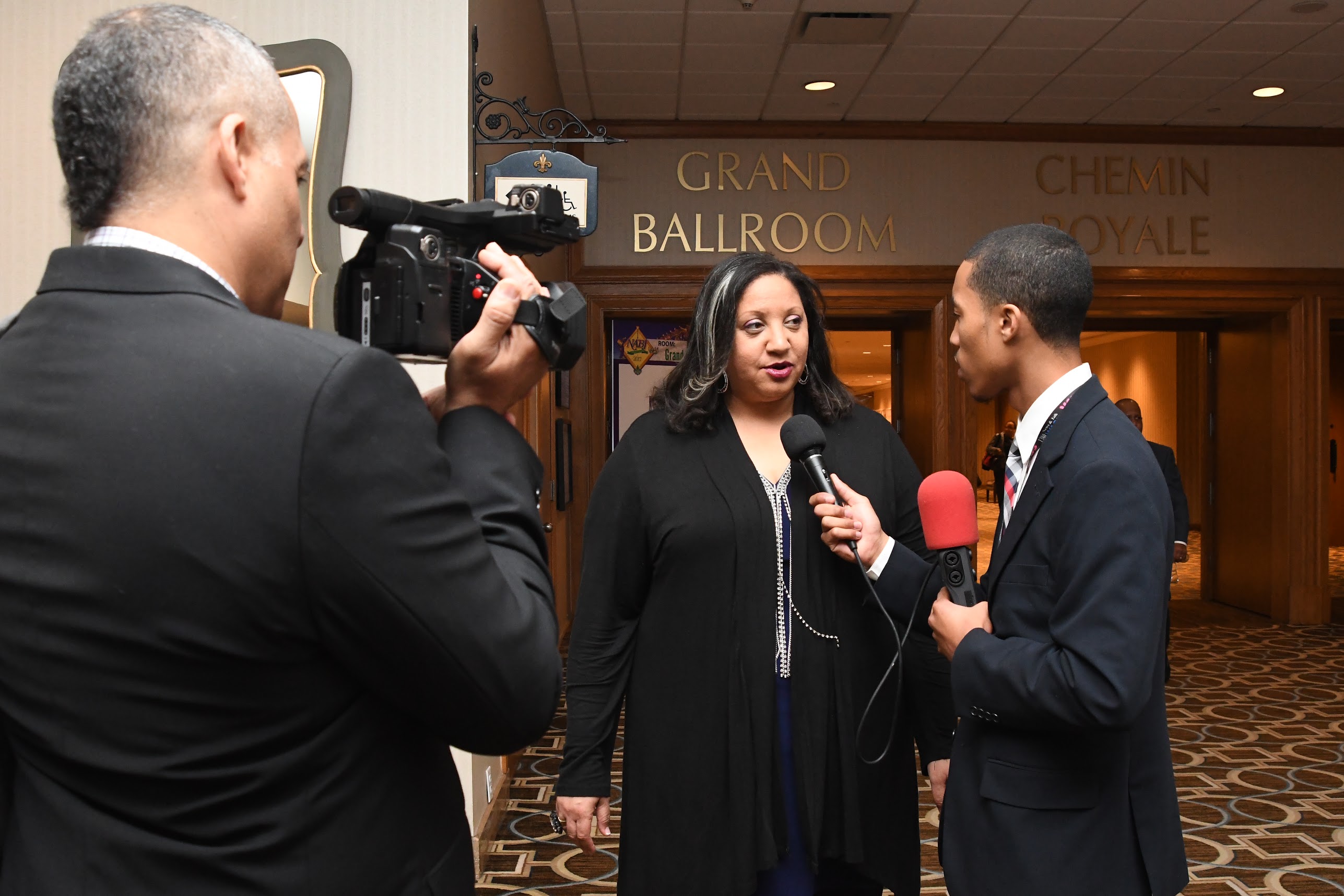


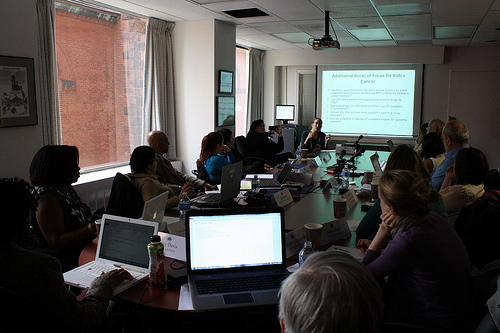

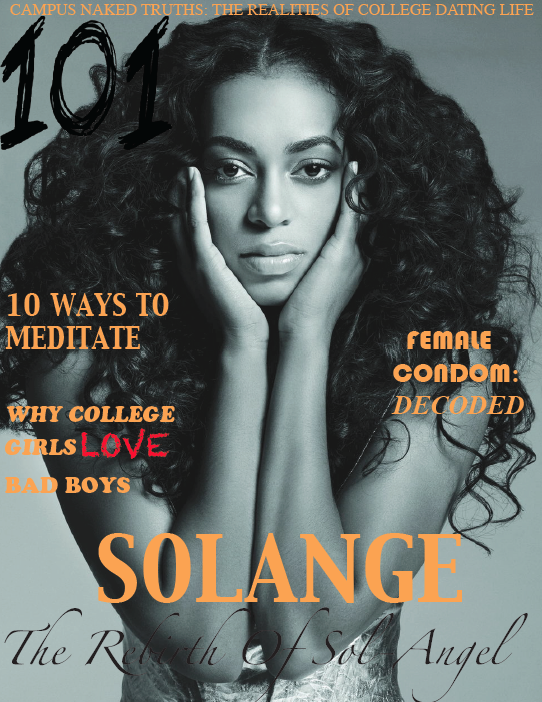
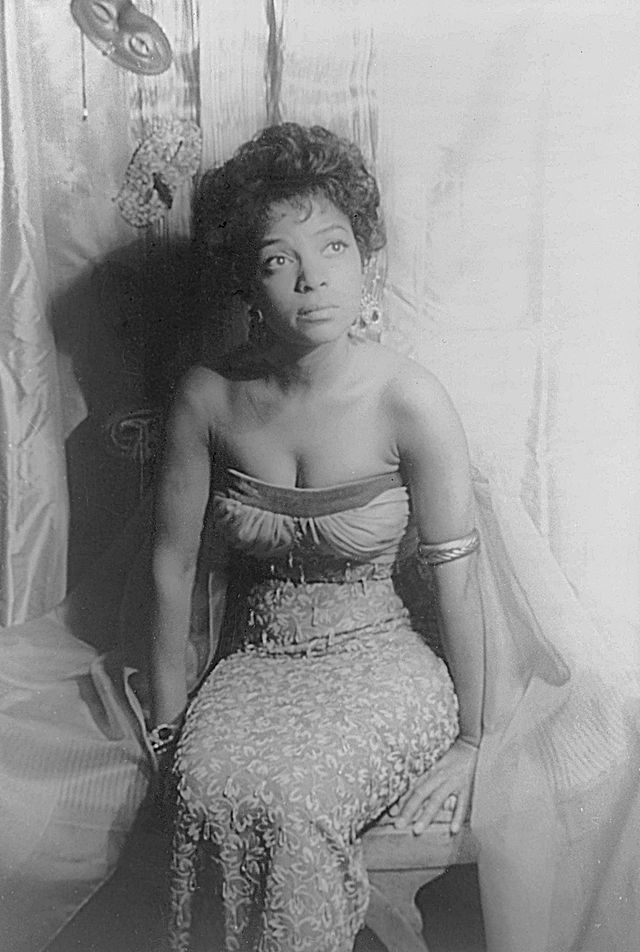
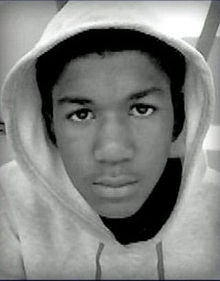
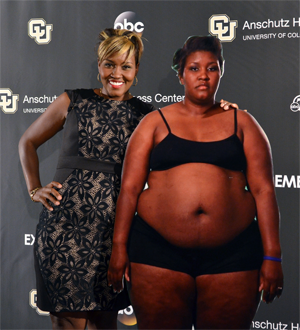
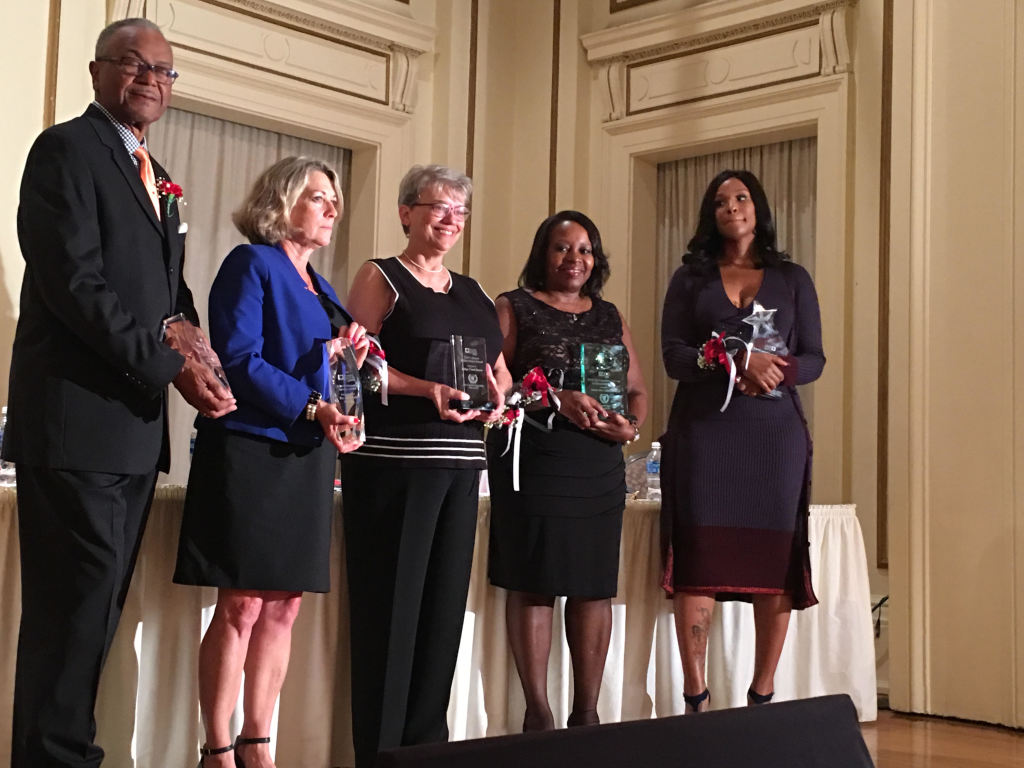
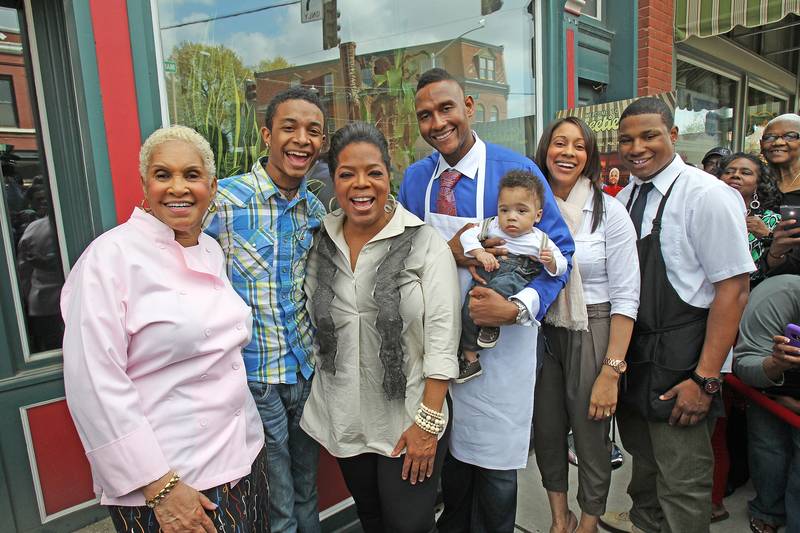
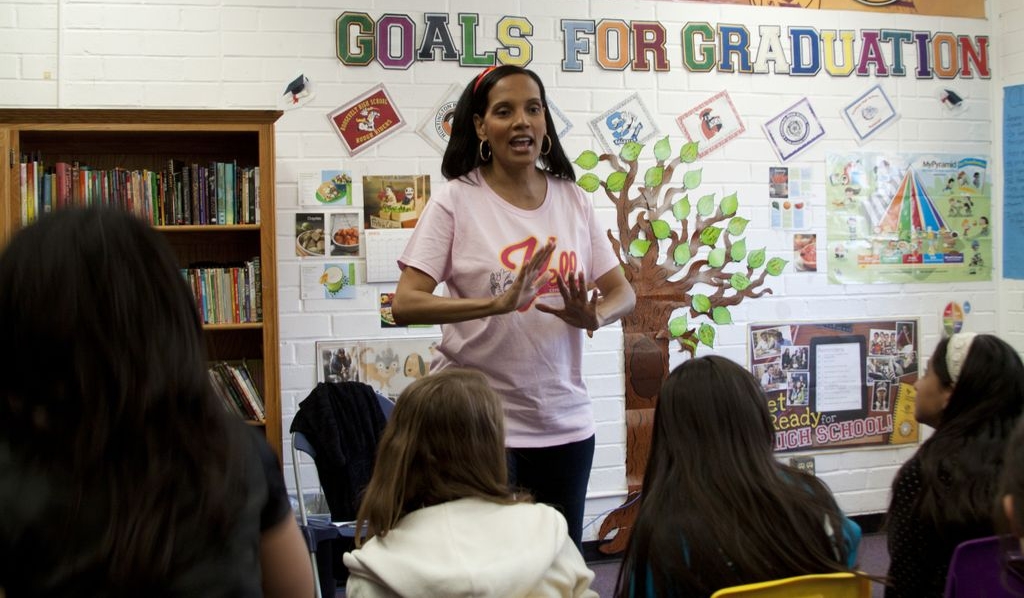
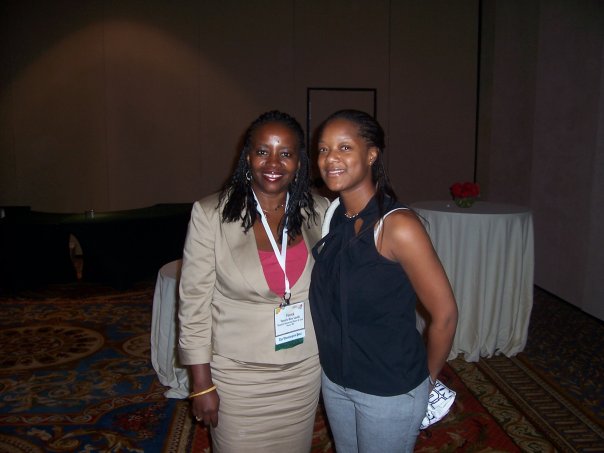
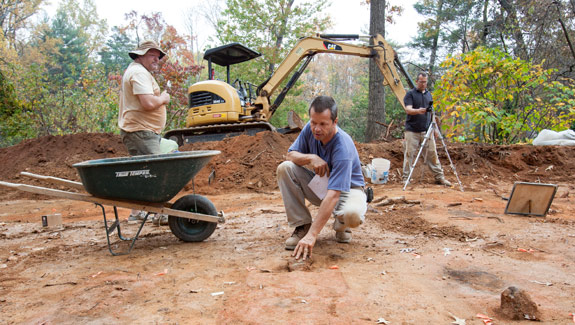
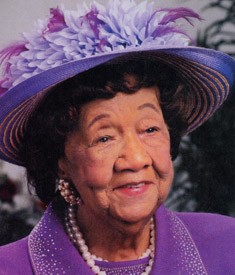
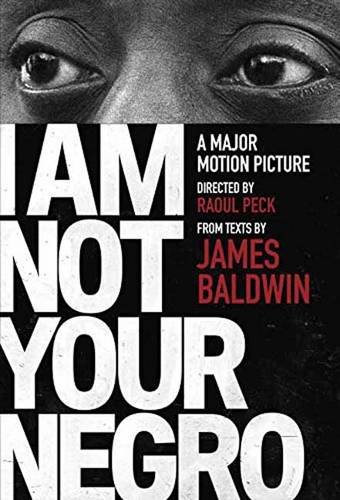

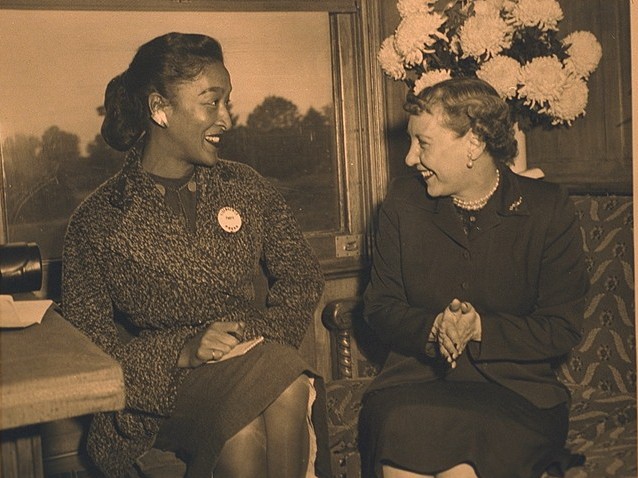
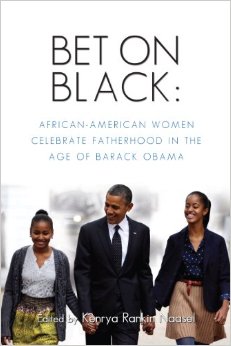
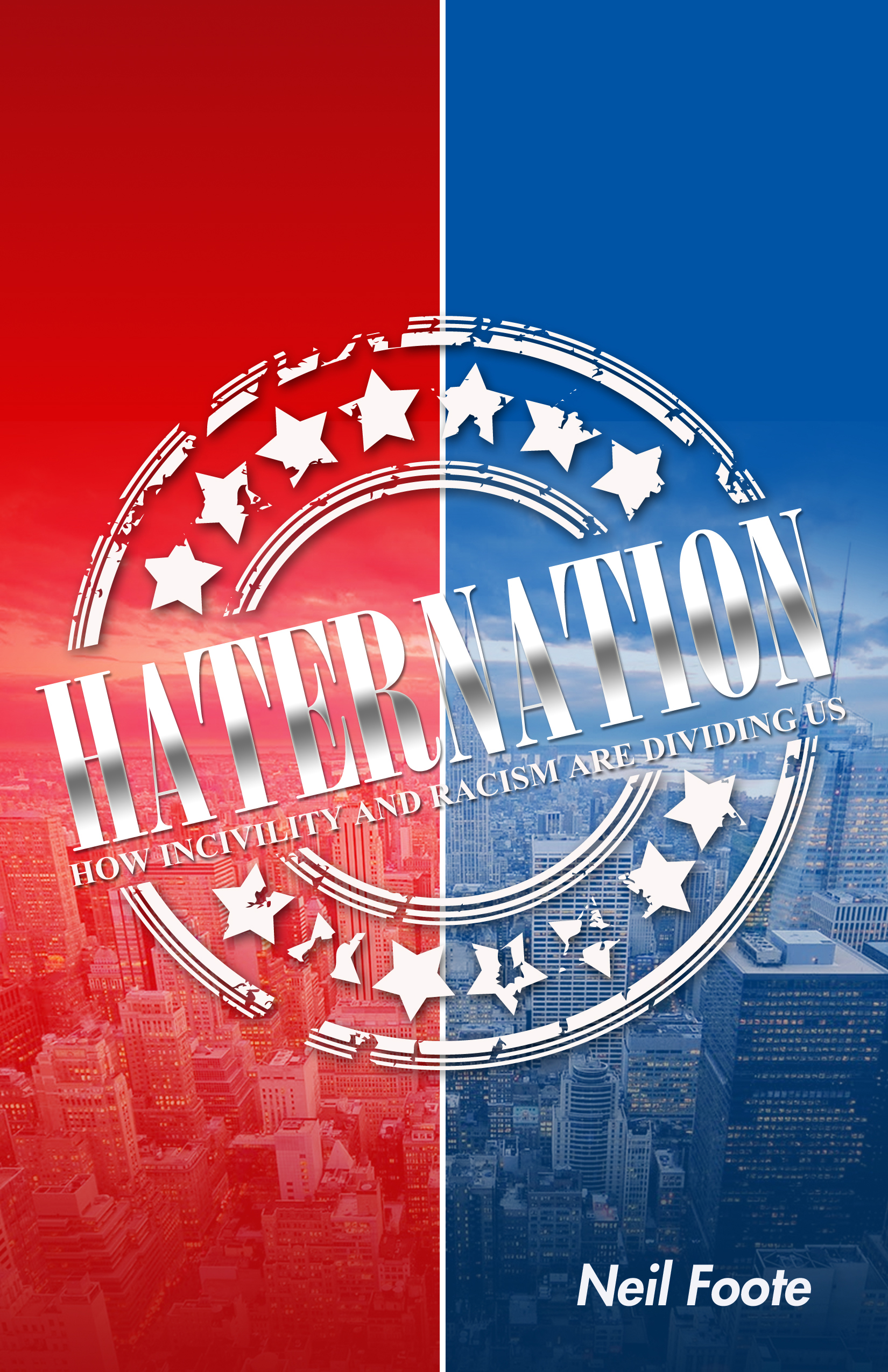

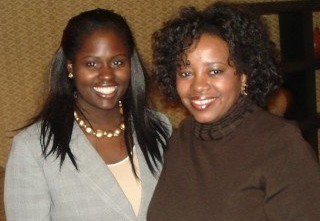
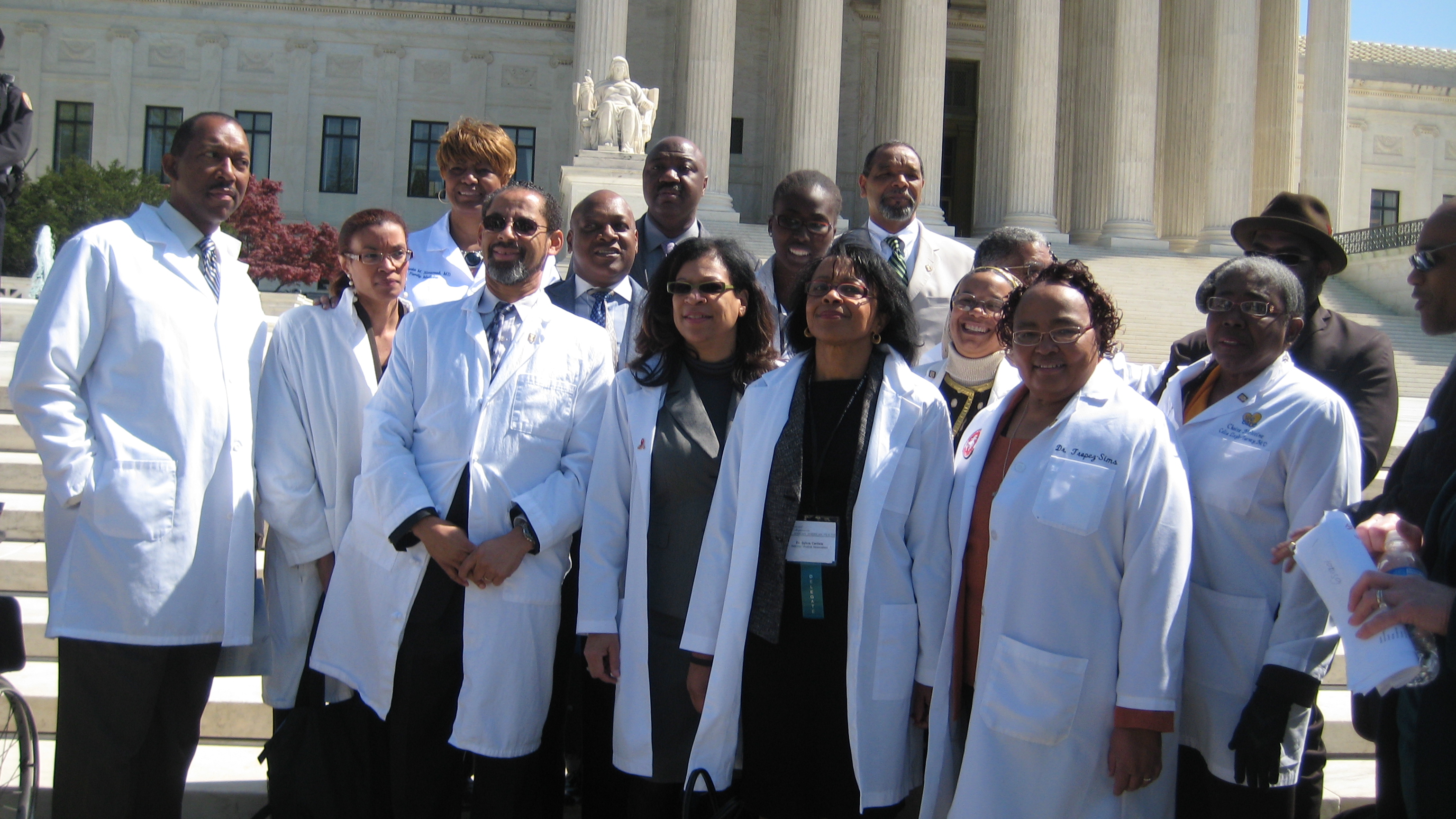

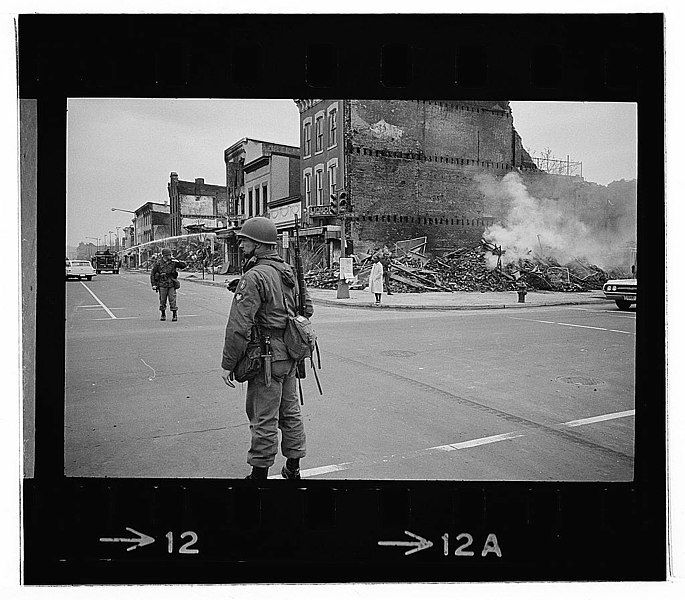
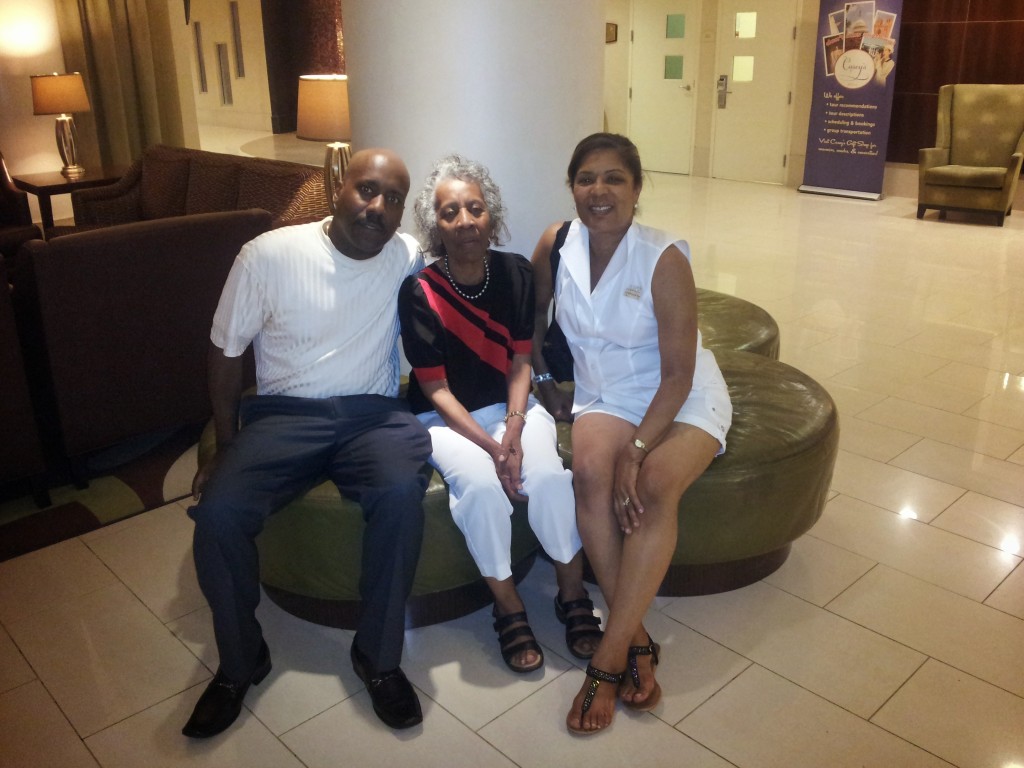
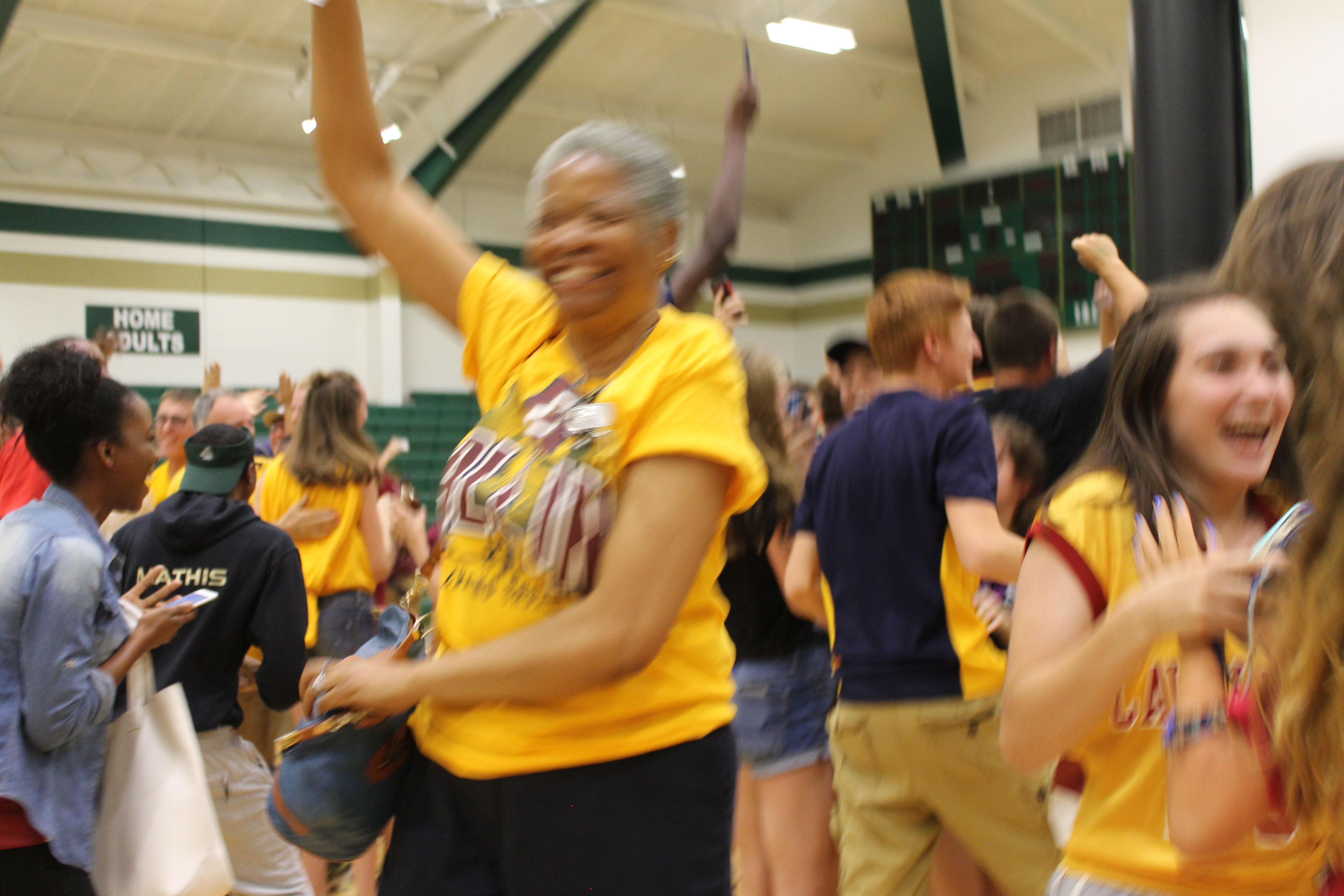
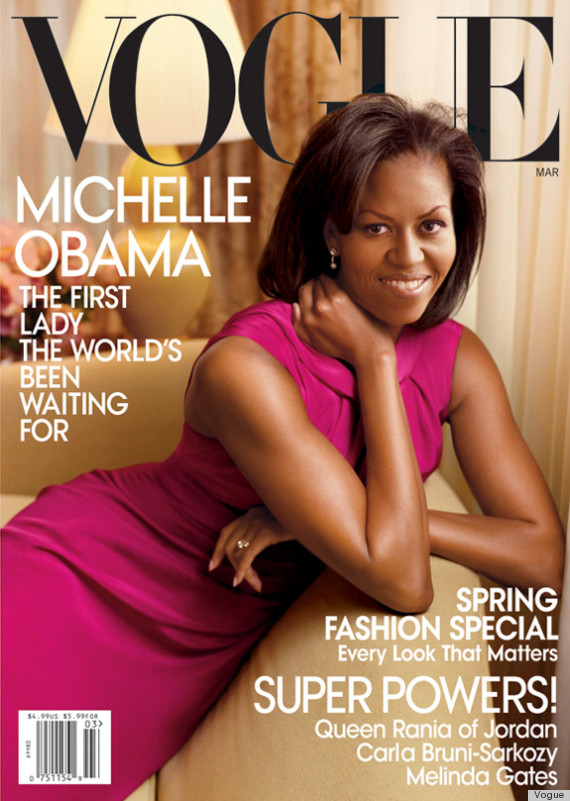


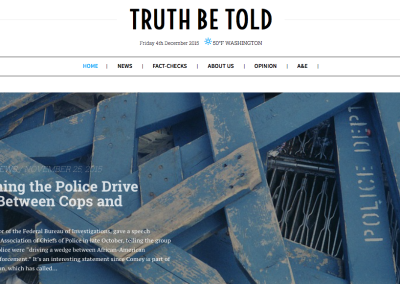
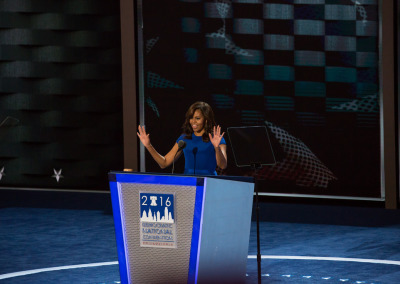
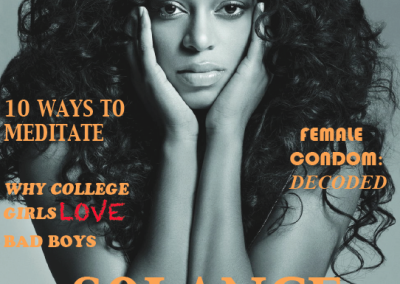
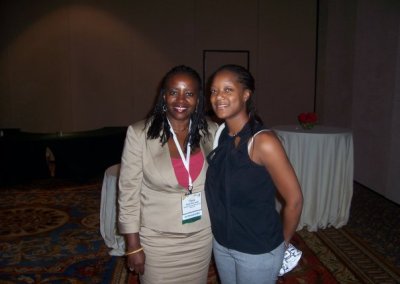
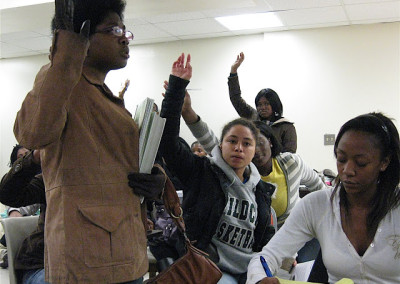
Recent Comments